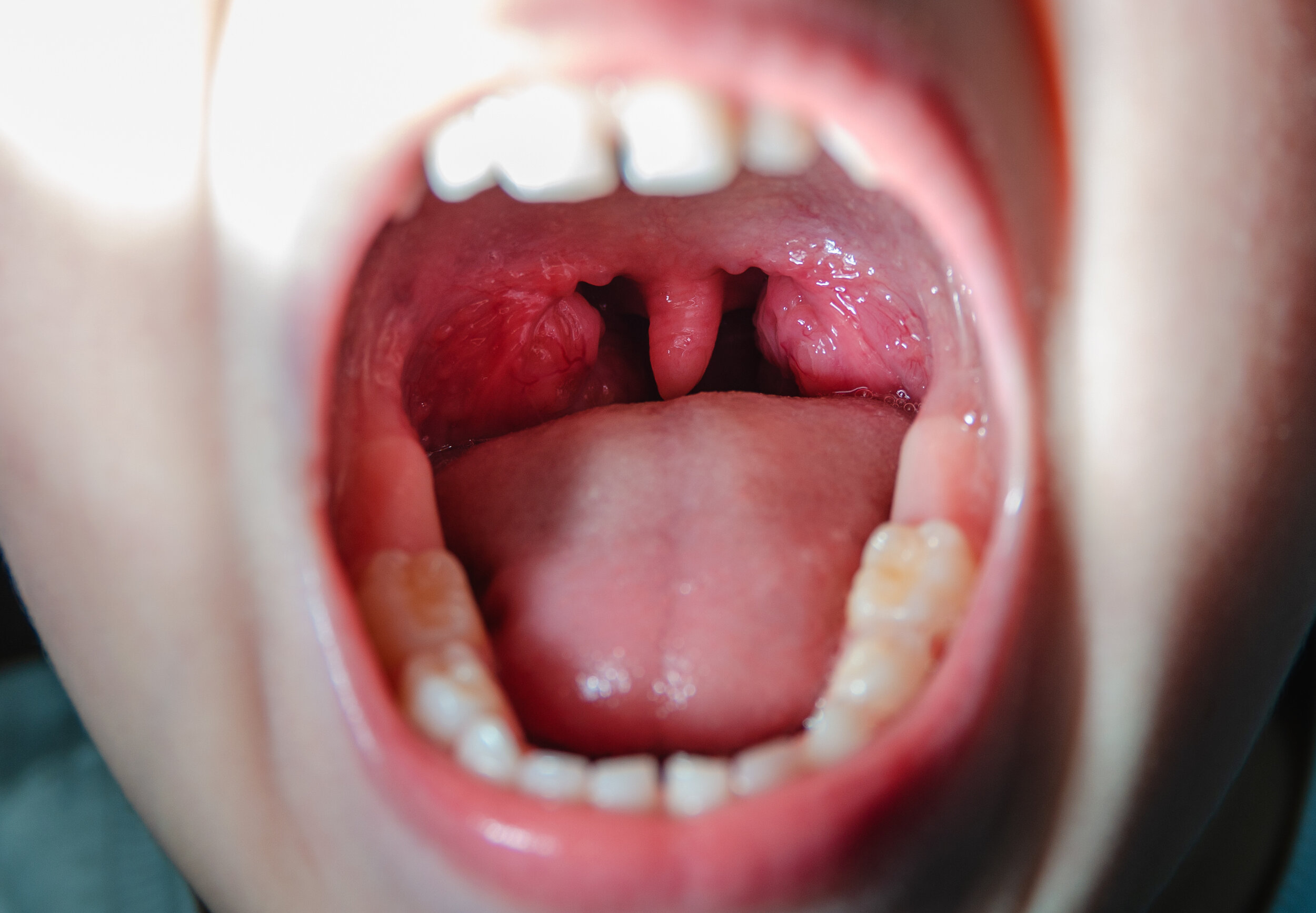Treatments: Breathing, Snoring, and Obstructive Sleep Apnea
Treatments for nasal airflow
Excess resistance in the nasal airway can range from mildly annoying to severe, and from intermittent to constant. Identification of the cause(s) of the problem is key in yielding successful improvement. Depending on the individual situation, smoking cessation, allergy control, medically managing swelling and inflammation inside the nose, surgically straightening a deviated septum, reducing size of enlarged turbinates, or correcting a narrow nasal valve, either alone or in combination are effective treatment strategies.
Treatments for snoring
When dealing with snoring alone, without the more extreme problem of obstructive sleep apnea, several approaches to lessen the problem may be undertaken. First, easily said and not easily done, is weight loss. While not every snorer is overweight, and while snoring may not be entirely due to crowding of the throat from excess neck thickness, most snorers can improve the problem with weight loss. Avoiding alcohol and minimizing reflux from the stomach also help in general. If sleeping on one’s back promotes snoring, simply sewing a tennis ball to the back of one’s pajamas or T-shirt can be enough to avoid unintentional back sleeping. Moving up the ladder of options, some effective devices exist (while many advertised devices remain unproven and probably do not work). An oral appliance obtained through a dentist can help by positioning the lower jaw slightly more forward, bringing the tongue with it just enough to keep the airway open. This is very safe and often well tolerated and effective, but not always. A CPAP (continuous positive airway pressure) device is also effective, but a bit more cumbersome and many people would decide its use is not worth the benefit. (Also, insurance may not cover a CPAP for snoring in the absence of obstructive sleep apnea.) Surgical options come with a major caveat: results are not guaranteed, but recovery from any throat procedure is painful. While nasal surgery is less painful, improving the nasal airway alone is of low likelihood to cure snoring. Throat surgery can involve trimming the soft palate, removing bulky tonsils (and adenoids, if still present), and/or removing the tonsil-type tissue found at the back of the tongue. Moving up the ladder further, surgery to move the jaws forward (mandibulomaxillary advancement) can be done, but this is indeed extensive surgery. And for completeness sake, in the most severe and imminently dangerous situations, a tracheostomy can be performed to literally cure sleep apnea, but the downside is that living with a tracheostomy detracts significantly from quality of life. §
Treatments for adult obstructive sleep apnea
The treatment options for obstructive sleep apnea are similar to those for snoring (above), but with greater urgency, importance and health benefit. Given that sleep apnea increases one’s risk for stroke, heart attack, motor vehicle accident, and death, treating obstructive sleep apnea is probably the best thing many people can do for themselves. Treatment is individualized, for example, with expedient measures involving a starter treatment (CPAP, for example) while a less invasive treatment (such as weight loss) is undertaken over time. In extreme cases, where obstructive sleep apnea is an imminent threat to life, admission to the hospital for oxygen, monitoring, and consideration of surgical intervention may be needed.
Treatments for obstructive sleep apnea in children
Obstructive sleep apnea in children is much more commonly caused by enlarged tonsils and adenoids and less commonly caused by bulk or laxity in the other throat structures. For this reason, tonsillectomy and adenoidectomy tends to be highly effective in treating pediatric obstructive sleep apnea. Performing a sleep study after healing from surgery is complete is recommended in some situations in which children with higher risk of persistent disease, such as those with severe baseline OSA, severe obesity, or craniofacial syndromes, a postoperative PSG may be considered even in the absence of snoring or other symptoms to verify that normal sleep is achieved. If tonsillectomy and adenoidectomy are not possible or sufficient in a given child, other options include CPAP, weight loss, nasal steroid spray, or other surgical or orthodontic procedures.
This page






